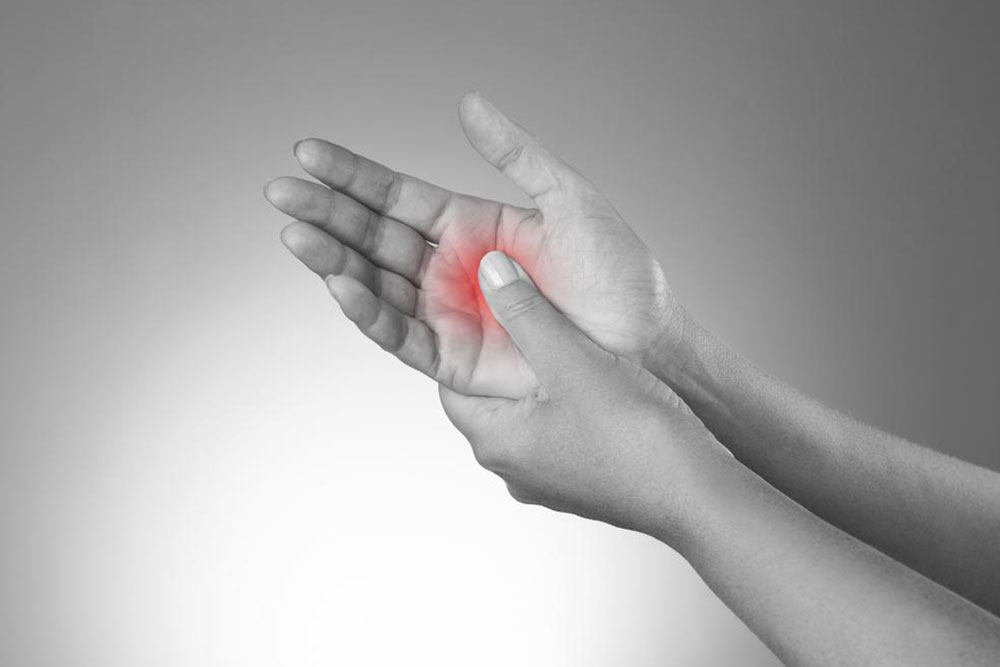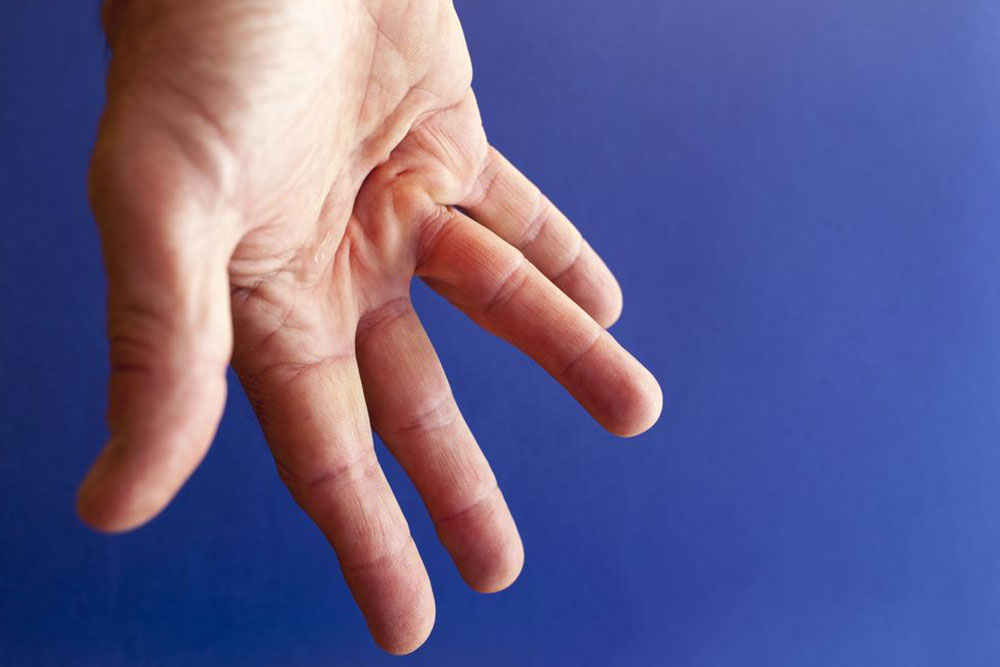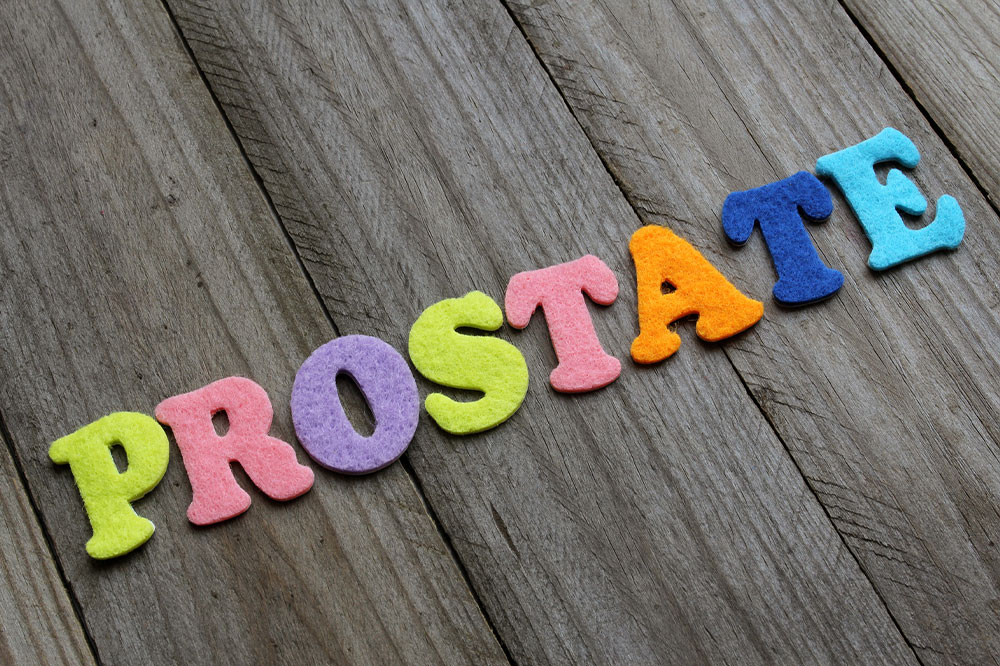Management Strategies for Dupuytren's Contracture
This article explores various management options for Dupuytren's contracture, from observation and stretching exercises to minimally invasive procedures and surgery. It highlights the importance of tailored treatment plans to control disease progression and improve hand function, emphasizing less invasive options as effective alternatives to traditional surgery. Understanding these options can help patients make informed decisions about their care and recovery strategies.
Sponsored

Dupuytren's contracture results from abnormal collagen buildup in the palm, leading to lumps and fibrous strands that cause finger curling. This condition is often hereditary, with a higher likelihood if relatives have experienced similar symptoms. Although the exact cause remains unknown, treatment options are focused on controlling progression and improving function.
Common interventions include medications, minimally invasive procedures, and surgery. Non-invasive strategies like careful monitoring help assess severity. Stretching exercises can maintain hand mobility, while collagenase injections gradually dissolve hardened tissue. Needle aponeurotomy offers a safe, less invasive alternative to surgery. In severe cases, surgical options, including tissue removal or joint fusion, are considered, with amputation as a last resort for advanced cases.






